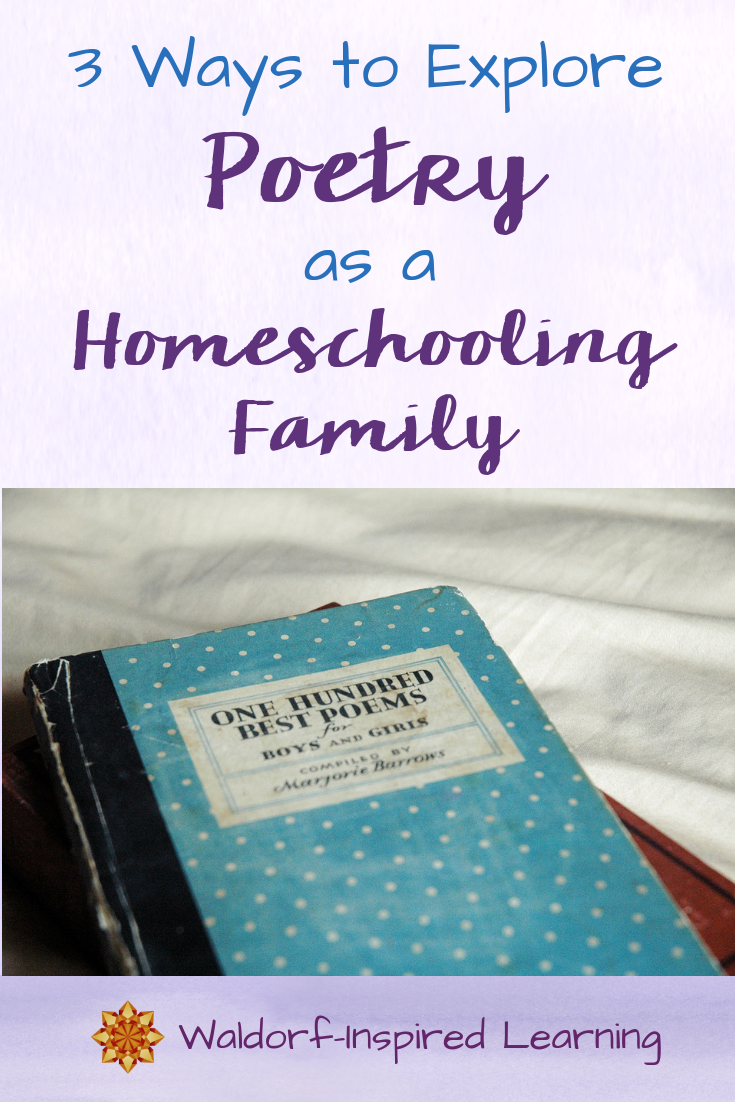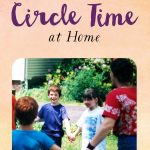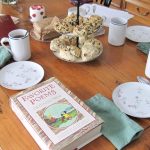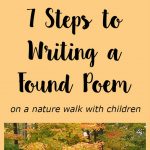April is National Poetry Month. And today, I want to share with you 3 ways to explore poetry as a homeschooling family. This does not have to be complicated. And in fact, it can be quite fun.
My own love of poetry started as a young girl when I would read poetry for hours. On rainy, dreary days, I would go into our den and pull my mother’s copy of One Hundred and One Famous Poems off the bookshelf, curl up on the couch, and get lost in a poem.
Reading poetry is a creative act. When we listen to or read a poem, we engage with language that expresses powerful emotions, ideas and experiences. Poetry connects us with the inner life and outer experiences of another human being, allowing us to see the world through their eyes.
Human beings have been memorizing poems since ancient times. In fact, before the written word, memorizing poetry was the only way to preserve and share it. A memorized poem can bring comfort at times of strife, as well.
What is the Waldorf approach to poetry? The first step is hearing and reciting poems by heart. Yes, it’s that simple.
Listening to and reciting poetry engenders a love of rhyme, rhythm, and language.
Young children in the early childhood years have a natural affinity for rhyme. They can readily memorize verses, especially when we add movement to the spoken words. This is an ideal activity for circle time which is intended to warm us up for more focused learning.
Steiner believed strongly in the power of speech for regulating our breathing. This helps us to center, focus, and be present in the moment.
Reciting poetry together also helps to build community. And in homeschooling, we can think of our family as the community.
So when we begin our day with poetry and verse recitation, either during circle time or simply as an opening gesture to our day together, we help to strengthen those bonds and sense of community.

3 Ways to Explore Poetry as a Homeschooling Family
Seasonal Poetry
Choose seasonal poems that relate to what’s happening outside in nature. These poems capture delightful images of the season, about flowers, the wind, or ice and snow, for example. All ages appreciate these descriptive snippets of the world outside our windows. But they are particularly engaging for young children in kindergarten and the early grades.
By Subject
Choose poems that relate to the subject of your main lesson blocks during the elementary years. This is a great way to liven up the lesson, with a poem about the antics of an animal or something more detailed about the life of an historical figure. Longer poems also provide a wonderful opportunity for older children to memorize a whole piece of poetry. And then they can write and illustrate these longer works into their main lesson books.
One Poet at a Time
Studying one poet at a time is best for older children in middle school or high school. But this approach can also work when you have mixed ages. Exploring the life of a poet, from childhood to adulthood, provides a wonderful backdrop for studying their poems.
Other Ways to Weave Poetry Into Your Days
I want to encourage you to explore poetry and verse, not just in the month of April!
Poetry is a playful way to engage with language. Exploring poetry can help improve spelling, vocabulary, and writing skills all at the same time. Even without direct instruction.
Teaching and understanding poetry doesn’t require special training. Start with reading aloud, reciting from memory, and writing poems into the main lesson book from memory. This helps to garner an appreciation of poetry.
Be careful not to over-analyze or pick apart a poem too soon. You do not need to “study” or “teach” the poem technically. This can wait until high school. And even then, reading poetry aloud and memorizing it is good practice. And it’s best to have had years of experiences appreciating poetry first.
Another fun way to explore poetry is at teatime. Bake some scones, serve them up with tea, and have everyone grab a book of poetry. Giving children a chance to pick a poem that they like to share helps them to further their appreciation for the art.
You can even listen to famous poems read to you on the Poetry Foundation’s website.
If you have high school student, check out the poetry competition, Poetry Out Loud. Each spring, students from all over the United States gather to recite a memorized poem for judges. This competition encourages students to learn about great poetry through memorization and recitation.
Did you know that April 26th is Poem in Your Pocket Day? Every year, the American Academy of Poets sponsors this day for sharing poetry.
As homeschoolers, we enjoyed each choosing a poem and carrying it around all day in our pockets on Poem in Your Pocket Day. To read, share, and enjoy. So, grab those poetry books off your shelves and find some favorite poems.
Enjoy a variety ways to explore poetry as a homeschooling family.

You might also be interested in these related posts:






